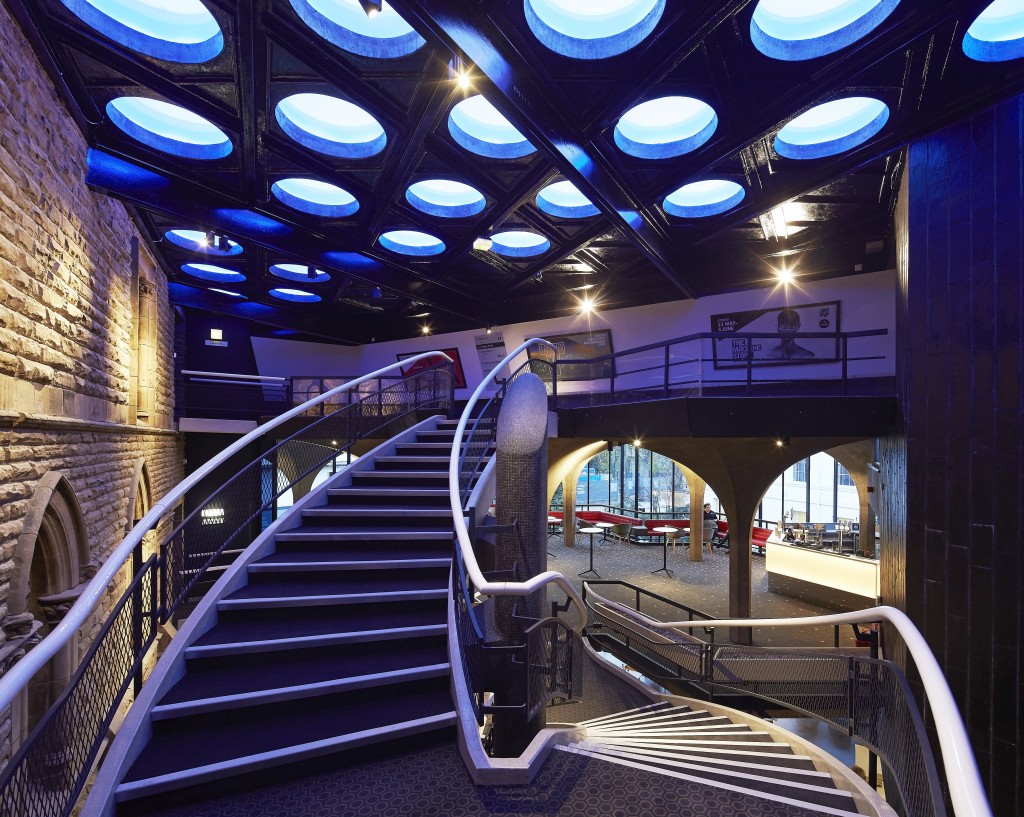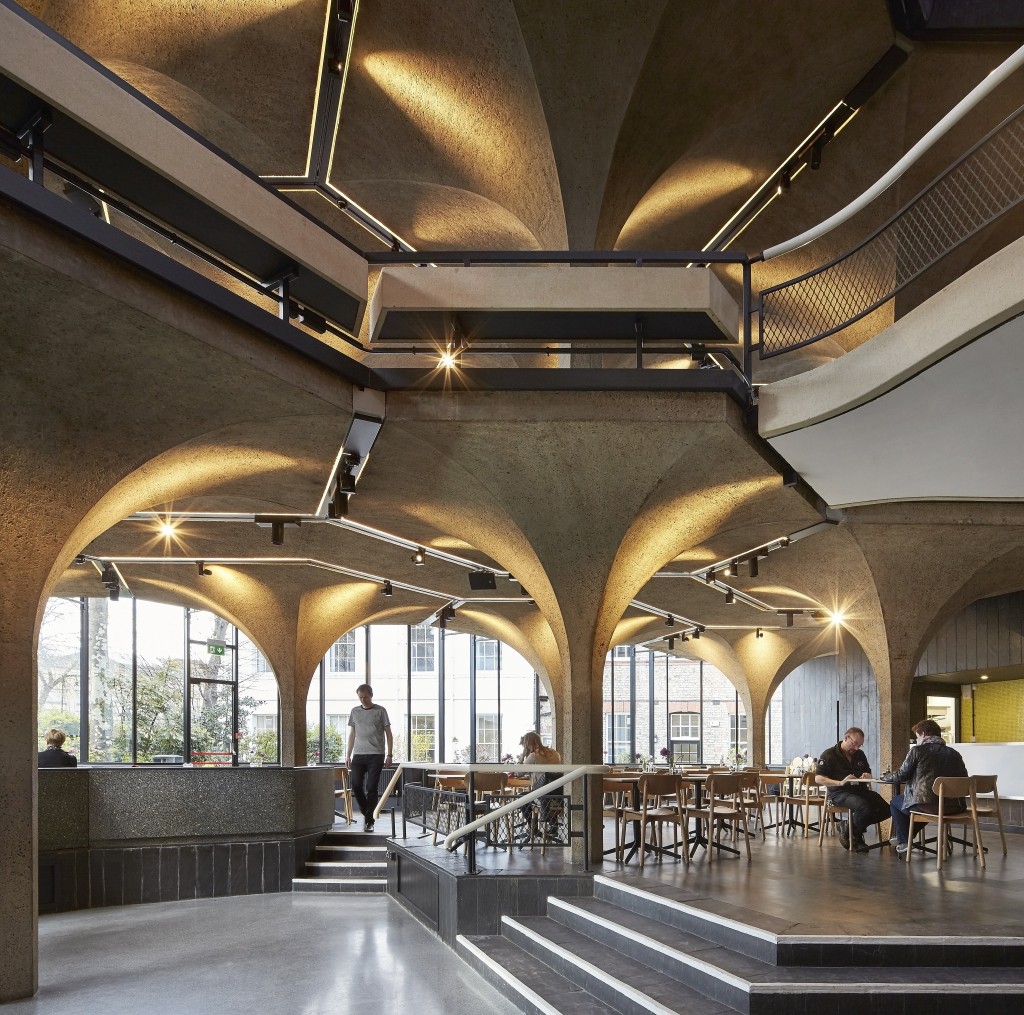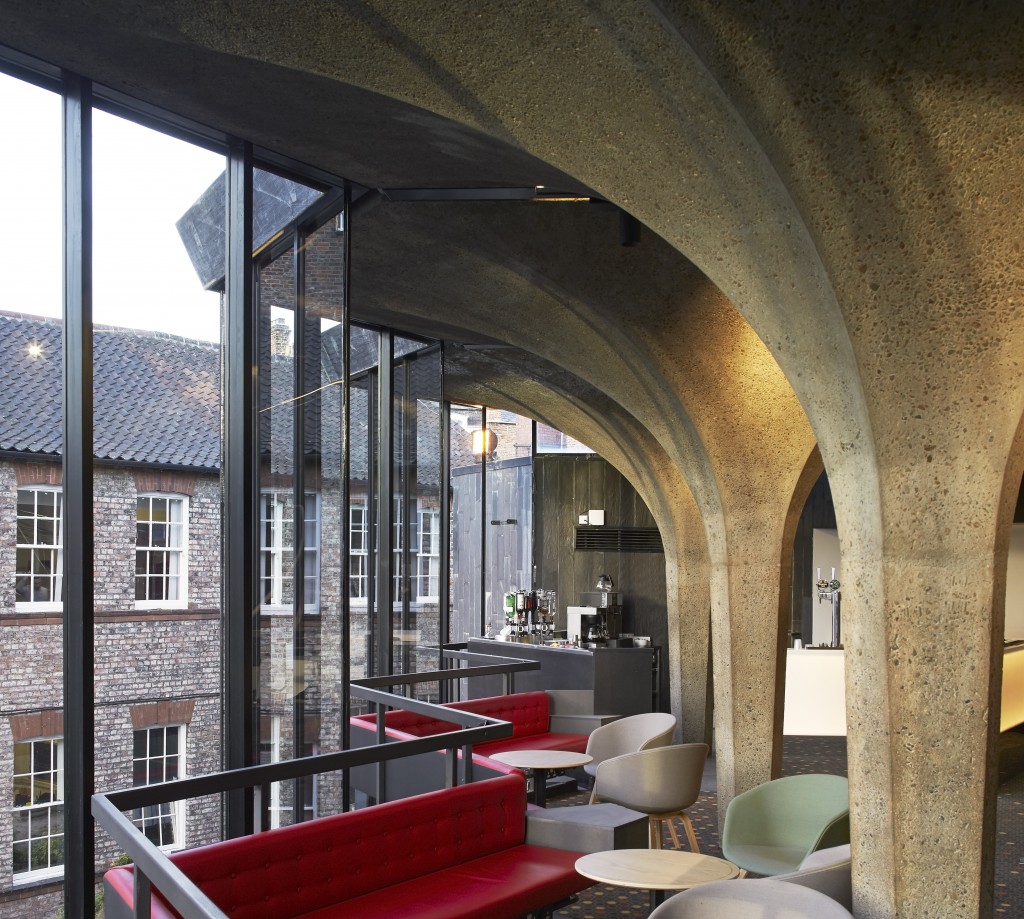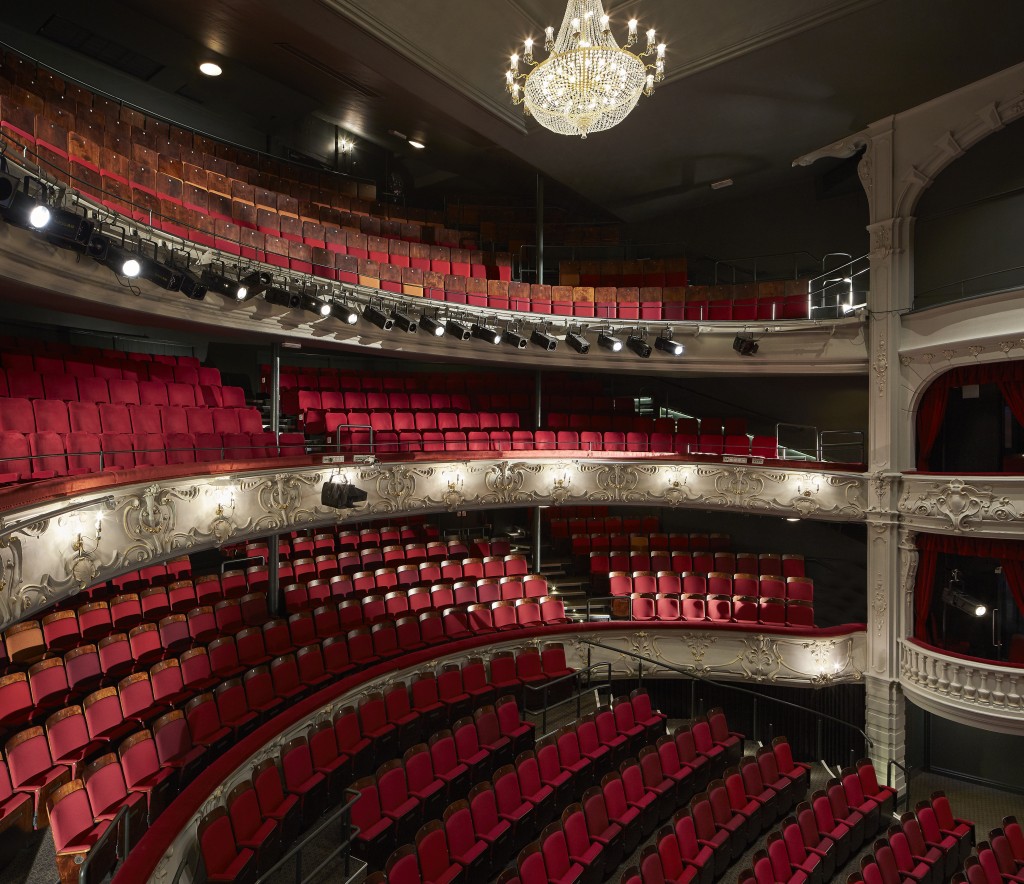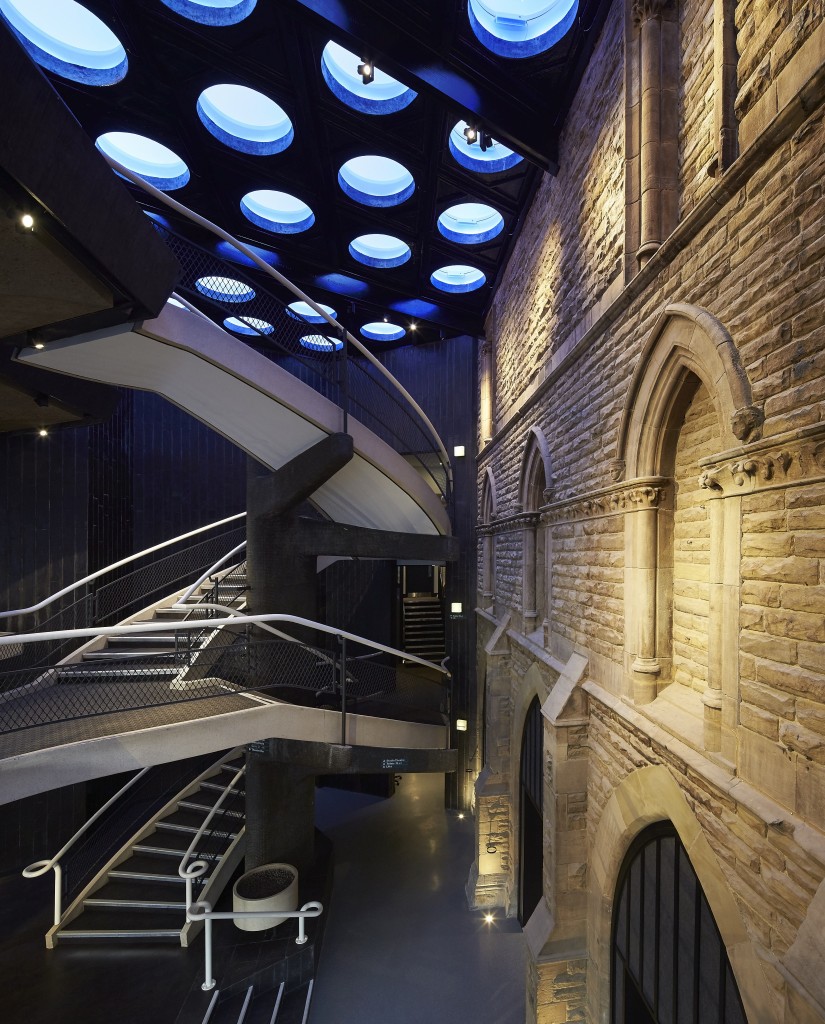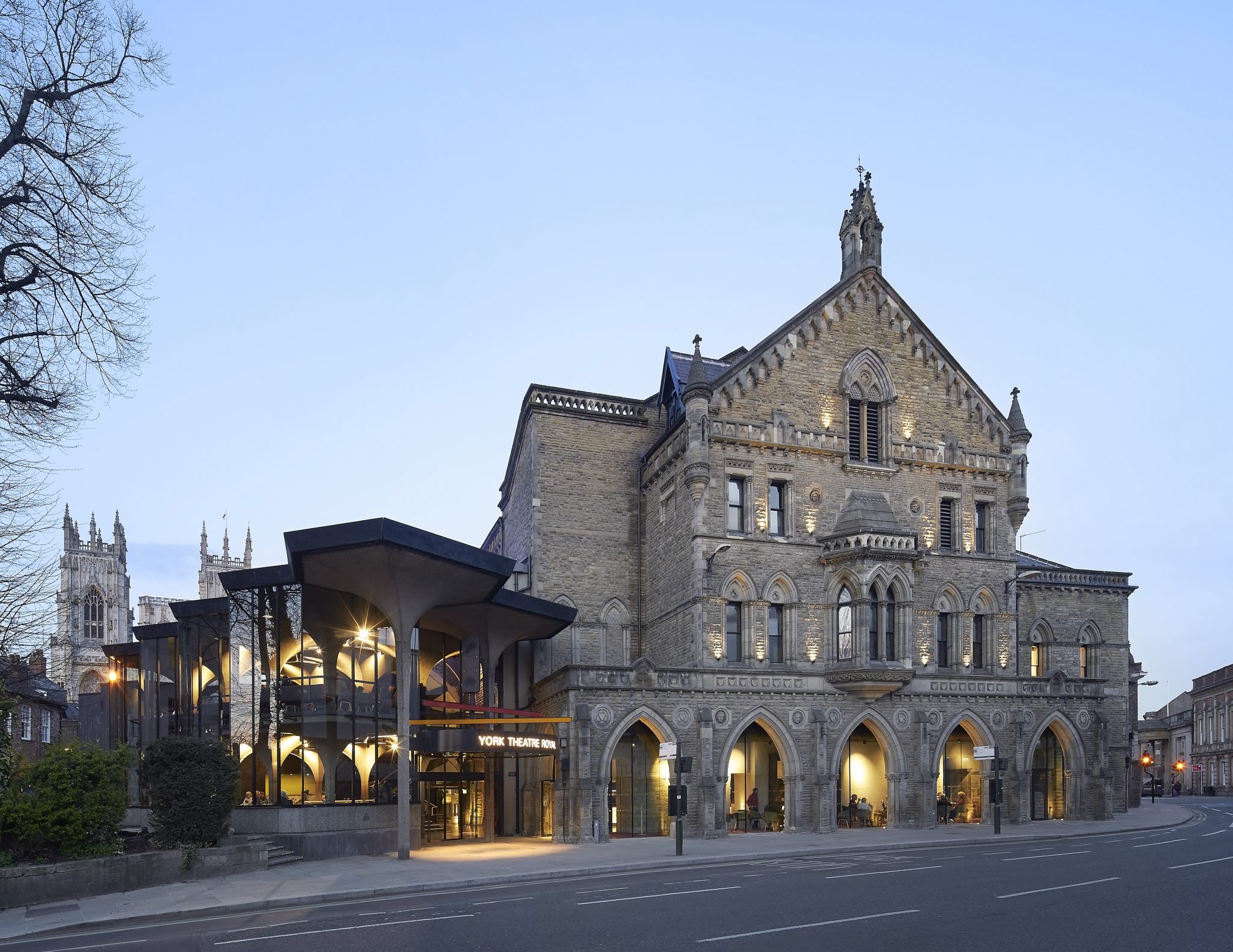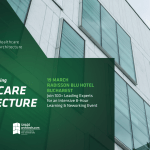Architect Angus Morrogh Ryan will talk about the relaunch of one of the UK’s oldest theatres at GIS
The GUEST SPEAKER Angus Morrogh Ryan, Director and Architect at De Matos Ryan, UK, will held a presentation about the York Theatre Royal – Back to the Future at the international expo-conference GIS, part of SHARE International Architecture and Engineering Forum Bucharest. The largest event dedicated to architects, engineers and contractors will take place on March 21-22 at JW Marriott Bucharest Grand Hotel and the tickets can be booked here.
Angus Morrogh Ryan received a first class degree at the University of Cambridge and went on to an exchange scholarship with the GSD at Harvard and a postgraduate diploma. He qualified as an architect in 1998. Having previously worked for Tim Ronalds Architects on a number of cultural and civic projects, he has particular interest on education, arts and community projects.
A creative designer with a good eye for detail, he is experienced at taking care of clients and making them feel excited and comfortable about their projects. His long standing experience of building sites has given him a good practical attitude towards trades and construction. Angus has worked on a number of the practice’s award winning schemes and has taught in architecture at University of Cambridge. He recently led the design and delivery of the refurbishment of York Theatre Royal.
York Theatre Royal has re-opened following a significant redevelopment by De Matos Ryan, dramatically transforming the theatre’s spaces and visitor experience.
York Theatre Royal was founded in 1744 and is one of the UK’s oldest producing theatres, serving audiences of all ages and welcoming over 200,000 visitors annually. The Grade II* Listed building is a wonderful patchwork of periods. The Georgians built over mediaeval hospital foundations before Victorians widened this core with the Gothic shell seen today. The Edwardians made improvements before Patrick Gwynne added a unique glass and concrete extension in 1968.
The theatre adapted to these surroundings, becoming flexible and creative, but the site’s incremental development meant that their buildings were a restriction. More spaces with revenue potential were needed providing opportunities to welcome visitors beyond the theatrical core offer. The project developed to unlock the potential of the site, opening the theatre’s doors to a wider community, and increasing revenue. The architects focused on three fundamental ambitions:
- Improve customer experience by creating a welcoming, accessible space with enhanced audience experience in the auditorium by improving sightlines.
- Create conditions for a sustainable business through more commercial opportunities, reducing operational costs and improving safety by efficiency savings in backstage technical and storage upgrades.
- Improved scope for creative output by enabling wider artistic possibilities by expansion of the staging and improving acoustic separation.
- The radical redesign is immediately apparent from the street with the introduction of two new lobbied entrances, one of which allows entry from the south for the first time.
The creation of new foyer space below the Dress Circle at the back of the Stalls by opening up where previously there had been broom cupboards, and the glazing in of the Victorian colonnade are the most demonstrable changes to Front of House. They provide a greater freedom of circulation, connecting the Patrick Gwynne extension to the Georgian staircase and Keregan Room for the first time.
This newly found space provides for an improved welcome, gathering and orientation. It also gives the opportunity to reveal the heritage of the theatre and the site, making compelling connections between the past and present. A new Terrazzo floor incorporating a patterned inlay reveals the geometry of the mediaeval vaults that once crossed where the new foyer is, while the original doorway is now exposed from within the layering of the colonnade wall linings. Housing a welcoming street-facing café clearly visible from the outside in order to draw people in, the Victorian colonnade has been glazed to give an animated face to the street akin to a storefront. The red carpet lining the colonnade floor may be seen as a humorous tongue in cheek reference that also reveals the ethos of the theatre that all visitors are VIPs.
Helping to enhance the visitor and audience experience, the installation of new and increased WCs on both sides of the house on all levels reduce waiting times during peak times in the intervals. New sound lobbies and insulation create spaces on all levels for informal performances including music and poetry. Sound insulation allows the café, restaurant and bars to operate during performances, increasing the opportunities for income generation. Access has been improved with the introduction of assisted and lobbied front doors and a range of counter levels accommodating a variety of users, step-free access from the street to the auditorium, and the installation of a lift to make the Dress Circle and first floor theatre bar accessible for the first time.
Upgrades to the main auditorium benefit both the audience and performers. New seating has been installed throughout the Stalls, Dress and Gallery alongside efficient air handling and insulation to enhance comfort as well as minimize energy use. The rake of the Stalls has been increased to enable the audience to connect with the Dress Circle and make the house feel unified. The Gallery has been re-raked to improve sightlines, increase ticket yield and offer greater price options across the house, encouraging access to a more diverse audience on all levels. The venue’s previously raked stage meant many theatre companies put York at the end of their tours due to the limitations of a sloping surface that required scenery to be adapted to the site. Alterations to the stage and orchestra pit have widened the scope of cultural possibilities and improved health and safety by creating level access, a flat stage and a better cross over underneath the stage with increased headroom. The new flat modular stage enables a wider artistic programme including dance and also encourages greater innovation.
Key to the success of the project is the realisation that an arts organisation nowadays needs to be more than just a producer of high quality theatre but also at the heart of their community providing not just entertainment but also a sense of belonging and a genuinely inclusive and engaging shared civic space.
- AWARDS:
INSIDE World Festival of Interiors Awards 2016 – Civic, Culture & Transport – York Theatre Royal (Winner)
The Plan Award 2015 – The Garden House (Honorable Mention)
Restaurant & Bar Design Awards 2014 Best Bar in a Heritage Building – Christopher’s (Winner)
WAN House of the Year 2014 – The Garden House (Finalist)
WIN Awards 2013 Best Restaurant Interior – Christopher’s (Winner)